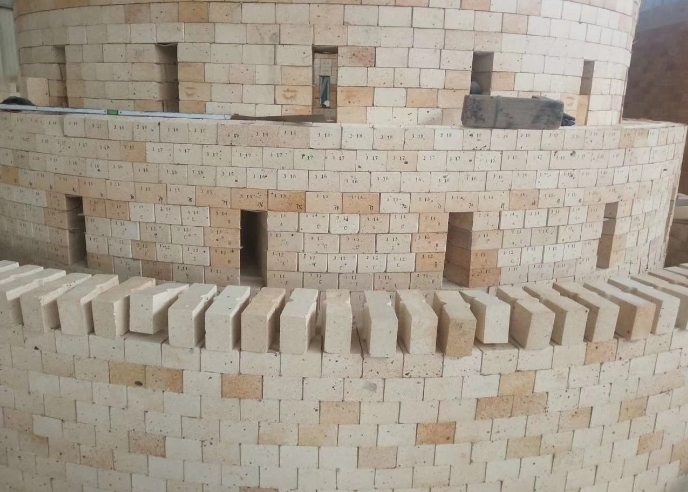- 03
- Dec
Which refractory bricks are used in hot blast stoves?
Which refractory bricks are used in hot blast stoves?
Refractory bricks for hot blast stoves include clay bricks, silica bricks, and high-alumina refractory bricks (including mullite bricks, sillimanite bricks, andalusite bricks, kyanite bricks, and corpus callosum bricks). The general requirements of hot blast stoves for refractory bricks are: low creep rate, good high temperature strength, and good thermal shock resistance. In addition to meeting the above requirements, checkered bricks for hot blast stoves should also have a larger heat capacity. In order to select refractory bricks reasonably in the design of hot blast stove, we must first understand the performance of refractory bricks. Because accurate refractory material characteristic parameters are the basis to ensure correct and reliable design.
The service life of the hot blast stove is very long, generally requiring 10-20 years. Refractories bear heavy loads due to their own weight. Therefore, refractories with excellent creep resistance are required to be used under high temperature loads. The high-temperature creep resistance of silica bricks is the most superior, and the high-temperature creep rate is very low; followed by high-alumina bricks, including high-alumina bricks made of high-alumina clinker and sillimanite minerals, which have good high-temperature creep properties. The closer its composition is to mullite, the better the creep resistance of the brick.

